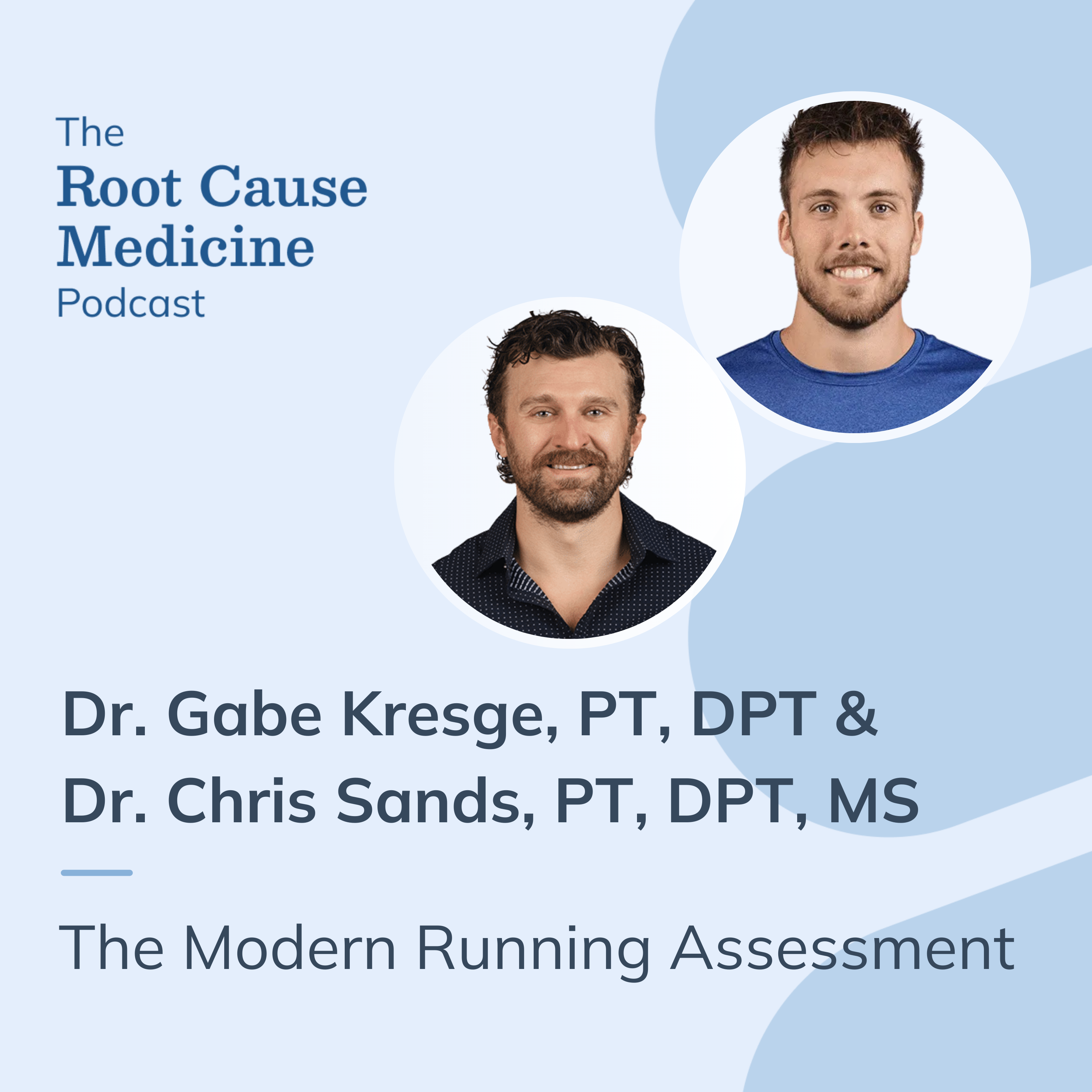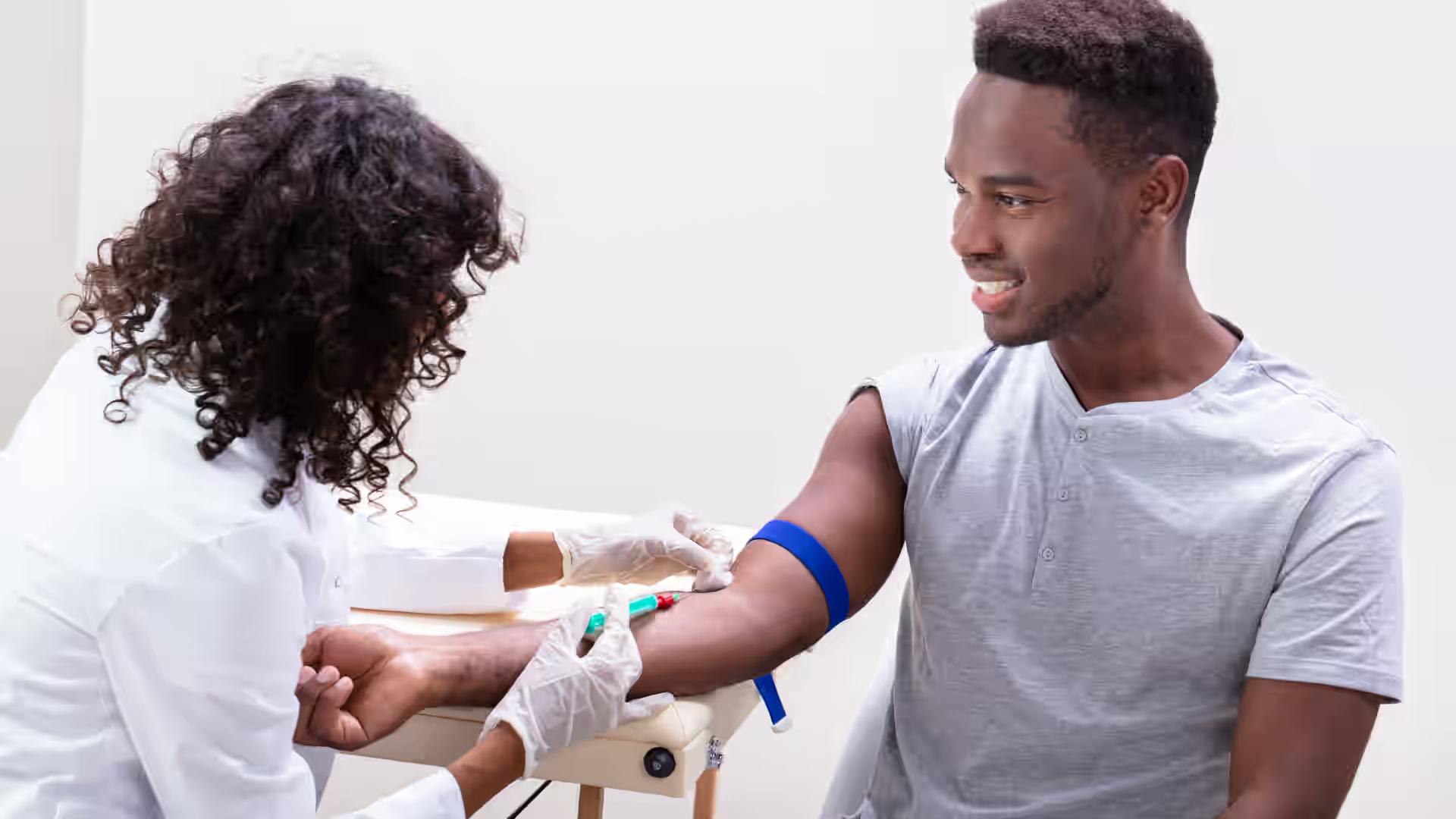Musculoskeletal pain is one of the most common health complaints, affecting 1.71 billion people globally. For many, oral nonsteroidal anti-inflammatory drugs (NSAIDs) are the go-to solution, offering relief from pain and inflammation.
However, these medications come with systemic risks, such as gastrointestinal irritation, cardiovascular complications, and kidney issues, particularly with prolonged use. Diclofenac gel provides targeted action and may offer a safer alternative to oral NSAIDs for certain conditions.
[signup]
What Is Diclofenac Sodium Topical Gel?
Diclofenac sodium topical gel is the generic form of a nonsteroidal anti-inflammatory drug (NSAID) formulated for application to the skin. It is also sold under the brand names Voltaren (1% gel) and Solaraze (3% gel).
Unlike oral NSAIDs, which distribute medication throughout the entire body, the gel delivers its therapeutic effects directly to the affected area. This localized application makes it a practical option for managing inflammation and pain associated with specific musculoskeletal conditions.
Mechanism of Action: How Diclofenac Sodium Works
Diclofenac sodium works by interrupting the body's natural inflammation and pain-signaling processes. Inflammation happens when the body senses damage or irritation, such as an injury or arthritis.
This triggers the release of chemical messengers called prostaglandins, which promote symptoms like pain, swelling, and redness to help protect the body and repair damaged tissues.
Prostaglandins are produced through a process that involves enzymes called cyclooxygenase-1 (COX-1) and cyclooxygenase-2 (COX-2). These enzymes convert a substance called arachidonic acid into prostaglandins and other molecules that cause inflammation and pain.
Diclofenac blocks the COX enzymes, especially COX-2, which becomes more active during injury or inflammation. By inhibiting these enzymes, diclofenac reduces the production of prostaglandins at the site of inflammation, lowering pain and swelling.
Beyond its effects on prostaglandins, diclofenac may also help reduce pain by calming overactive pain signals in the nervous system. Evidence suggests it may lower levels of substance P, a molecule associated with amplifying pain.
Common Uses of Diclofenac Sodium Topical Gel
Topical diclofenac is used to manage localized pain and inflammation, offering effective relief for conditions ranging from osteoarthritis to soft tissue injuries like sprains and muscle strains.
Treating Osteoarthritis
Osteoarthritis is a chronic degenerative joint condition characterized by the breakdown of cartilage, the protective tissue at the ends of bones, leading to pain, stiffness, swelling, and reduced mobility. It is the most common form of arthritis and typically affects weight-bearing joints like the knees, hips, and spine, although it can occur in any joint.
The Food and Drug Administration (FDA) has approved diclofenac 1% gel for relieving osteoarthritis pain in joints amenable to topical treatment, such as the knees and hands. It has not been evaluated for use on the spine, hip, or shoulder.
Managing Soft Tissue Injuries
Diclofenac can be used off-label for myalgia (aches and pains of the muscles and surrounding tissues) (1). Off-label drug use refers to the prescription of a medication for a purpose, dosage, or population that the FDA has not approved.
Studies suggest that applying topical diclofenac 2.3% gel twice daily may help relieve pain, improve joint function, and support recovery from sprains and strains.
Actinic Keratosis
Actinic keratosis is a rough, scaly patch of skin caused by prolonged exposure to ultraviolet (UV) radiation. It often appears on sun-exposed areas such as the face, hands, and scalp. It is considered a precancerous condition, as it can progress to squamous cell carcinoma if left untreated.
Diclofenac 3% topical gel is FDA-approved to treat actinic keratosis. Its proposed mechanisms in treating this skin condition are reducing cellular replication by blocking COX-2 and upregulating apoptosis (cell death). (20)
Proper Application and Dosage Guidelines
A person should use the lowest effect dose of diclofenac gel for the shortest duration possible.
Use the dosage card included in the packaging to measure the proper amount of gel. After measuring, rub the gel into the affected area's skin using your fingers. Wait at least one hour before showering to allow the medication to be absorbed.
Lower Extremities
Apply 4 grams of the 1% gel to the affected area four times daily. Do not apply more than 16 grams daily to a single joint of the lower extremities (including feet, ankles, and knees). Do not exceed a daily dose of 32 grams daily. (29)
Upper Extremities
Apply 2 grams of the 1% gel to the affected area four times daily. Do not exceed 8 grams daily to a single joint of the upper extremities (including hands, wrists, and elbows). Do not exceed a daily dose of 32 grams daily. (29)
Actinic Keratosis
Apply 0.5 grams of the 3% gel to lesions twice daily for 60-90 days (24).
Side Effects and Risks of Diclofenac Sodium Topical Gel
As with any medication, diclofenac sodium topical gel may cause side effects.
Common Side Effects
The most common side effect associated with using Voltaren and Solaraze gel is localized dermatitis (skin irritation) at the application site (24, 29).
Other common side effects that don't usually require medical attention include:
- Irritation at the site of application
- Headache
- Nausea
- Loss of appetite
- Upset stomach
Serious Side Effects
Contact your healthcare provider if you experience any of the following (1, 6):
- Allergic Reaction: skin rash, itching, hives, swelling of the face or throat, difficulty breathing
- Asthma Attack: chest pain, cough, difficulty breathing
- Hypertension: new-onset or a worsening of high blood pressure
- Kidney Injury: reduced urine output, swelling of the extremities
- Liver Injury: right upper abdominal pain, nausea, light-colored stool, dark yellow or brown urine, yellowing of the skin, fatigue
Warnings
The FDA has issued several warnings regarding the use of diclofenac sodium topical gel.
Cardiovascular Events
NSAIDs, including topical diclofenac, may be associated with an increased risk of cardiovascular thrombotic events such as heart attack and stroke, which can be life-threatening. This risk may occur early in treatment and may increase with the duration of use.
Seek emergency medical care if you experience any of these symptoms:
- Chest pain
- Shortness of breath
- Weakness in one part of side of the body
- Slurred speech
Gastrointestinal Events
NSAIDs can cause serious gastrointestinal (GI) adverse events, including bleeding, ulceration, and perforation of the stomach or intestines, which can be fatal. These events can occur at any time during use and without warning symptoms. This risk is higher for people who have used NSAIDs for a long time, are at least 60 years old, have poor health, smoke, or drink alcohol.
Stop using diclofenac and call your doctor if you experience any of the following symptoms:
- Stomach pain
- Heartburn
- Vomiting blood
- Bright red blood in the stool
- Back, tarry stools
Interactions With Other Medications
Drug interactions occur when one medication affects the action, absorption, metabolism, or side effects of another, altering its effectiveness or increasing the risk of adverse effects.
Using diclofenac topical gel with the following medicines is not recommended:
- Using diclofenac while taking drugs that affect blood clotting, such as warfarin, aspirin, or SSRI/SNRI antidepressants, may increase the risk of bleeding. Examples include warfarin, aspirin, and SSRI/SNRI antidepressants.
- Diclofenac can diminish the blood pressure-lowering effects of ACE inhibitors, angiotensin receptor blockers, or beta-blockers.
- Concomitant use of diclofenac with other NSAIDs (e.g., aspirin, ibuprofen, naproxen) increases the risk of GI toxicity.
- NSAIDs reduce the effects of loop and thiazide diuretics (e.g., furosemide, hydrochlorathiazide).
- Diclofenac increases the serum concentration of digoxin.
- NSAIDs may increase the serum concentration and reduce the clearance of lithium, resulting in lithium toxicity.
- NSAIDs may increase the risk of methotrexate toxicity.
- Using diclofenac gel with cyclosporine increases the risk of cyclosporine nephrotoxicity (kidney damage).
Note: This is not a complete list of all possible drug interactions associated with diclofenac. Before using topical diclofenac gel, give your doctor a list of all medications, herbs, and dietary supplements you use to prevent adverse effects associated with drug interactions.
Who Should Avoid Diclofenac Sodium Topical Gel?
Diclofenac is not safe for everyone. Special considerations should be taken for certain populations.
Contraindications
A drug contraindication is a specific situation in which the use of a particular medication is not advised because it could cause harm or adverse effects. Diclofenac sodium topical gel is not recommended for individuals with:
- History of allergy, asthma, or urticaria (hives) after taking diclofenac or any other NSAIDs
- Coronary artery bypass graft (CABG) surgery
High-Risk Groups
Pregnancy: Tell your doctor if you are pregnant, plan to become pregnant, or are breast-feeding before using diclofenac. Diclofenac is classified as Pregnancy Category C* prior to 30 weeks gestation and Category D** after 30 weeks gestation. Using diclofenac while pregnant can cause serious harm to the baby. (7)
*Pregnancy Class C: Animal studies have shown adverse effects on the fetus, but there are no well-controlled studies in humans (12).
**Pregnancy Class D: Sufficient evidence from human studies and post-marketing data has demonstrated a risk to the fetus (12).
Elderly: Diclofenac is listed in the Beers Criteria, a guideline developed by the American Geriatrics Society (AGS) to identify potentially inappropriate medications for use in older adults. Using diclofenac in older adults increases the risk of serious GI complications (especially in those with a history of peptic ulcer disease), cardiovascular events, and kidney dysfunction. (7)
If diclofenac is deemed necessary, it should be used at the lowest effective dose and for the shortest duration possible, with close monitoring for any signs of adverse effects (7).
Comparison: Diclofenac Sodium Topical Gel vs. Other Pain Relief Methods
Topical diclofenac gel is a commonly used option for pain management, with studies suggesting it offers comparable efficacy to other NSAIDs and a potentially reduced risk of systemic side effects compared to oral NSAIDs.
A comprehensive review of randomized controlled trials involving over 3,000 patients demonstrated that topical diclofenac significantly reduces the pain and inflammation associated with acute and chronic conditions, with efficacy comparable to other topical NSAIDs and some oral NSAIDs like ibuprofen and naproxen.
Other studies have found diclofenac to be more effective than other topical NSAIDs, such as ibuprofen and ketoprofen, in reducing pain (16).
The American Society of Pain and Neuroscience recommends using topical diclofenac 70-81 mg/day as first-line pharmacologic treatment for osteoarthritis of the knee over oral NSAIDs due to reduced systemic exposure and similar efficacy.
Non-Pharmacological Methods
Non-pharmacological methods also play a role in treating musculoskeletal pain. Diclofenac gel can often complement these methods, offering an integrated approach to pain management.
According to the 2019 American College of Rheumatology/Arthritis Foundation Guideline for the Management of Osteoarthritis of the Hand, Hip, and Knee, exercise therapy is strongly recommended for knee and hip osteoarthritis due to its efficacy in reducing pain and improving function. This includes aerobic, aquatic, and resistance exercises.
Low-level laser therapy (LLLT) is a non-invasive treatment that stimulates cellular activity and promotes tissue healing. LLLT reduces joint pain, stiffness, swelling, and joint function in patients with osteoarthritis. The therapy works by decreasing inflammatory markers, enhancing blood flow, and stimulating the repair of damaged cartilage and soft tissues. (10)
By inserting thin needles into specific points on the body, acupuncture stimulates nerve endings, enhances blood flow, and releases endorphins (the body's natural painkillers). Studies have shown that acupuncture can reduce pain and improve joint function in osteoarthritis patients, particularly for knee osteoarthritis.
[signup]
Key Takeaways
- Diclofenac sodium topical gel may be a practical and versatile option for managing localized pain and inflammation.
- Its targeted action, combined with a favorable safety profile, makes it a valuable choice for patients with conditions like osteoarthritis or soft tissue injuries.
- Healthcare professionals play a role in educating patients about the benefits and risks of diclofenac gel, ensuring its safe and effective use.
- Patients should consult their healthcare provider for more information about this treatment option.












%201.svg)






